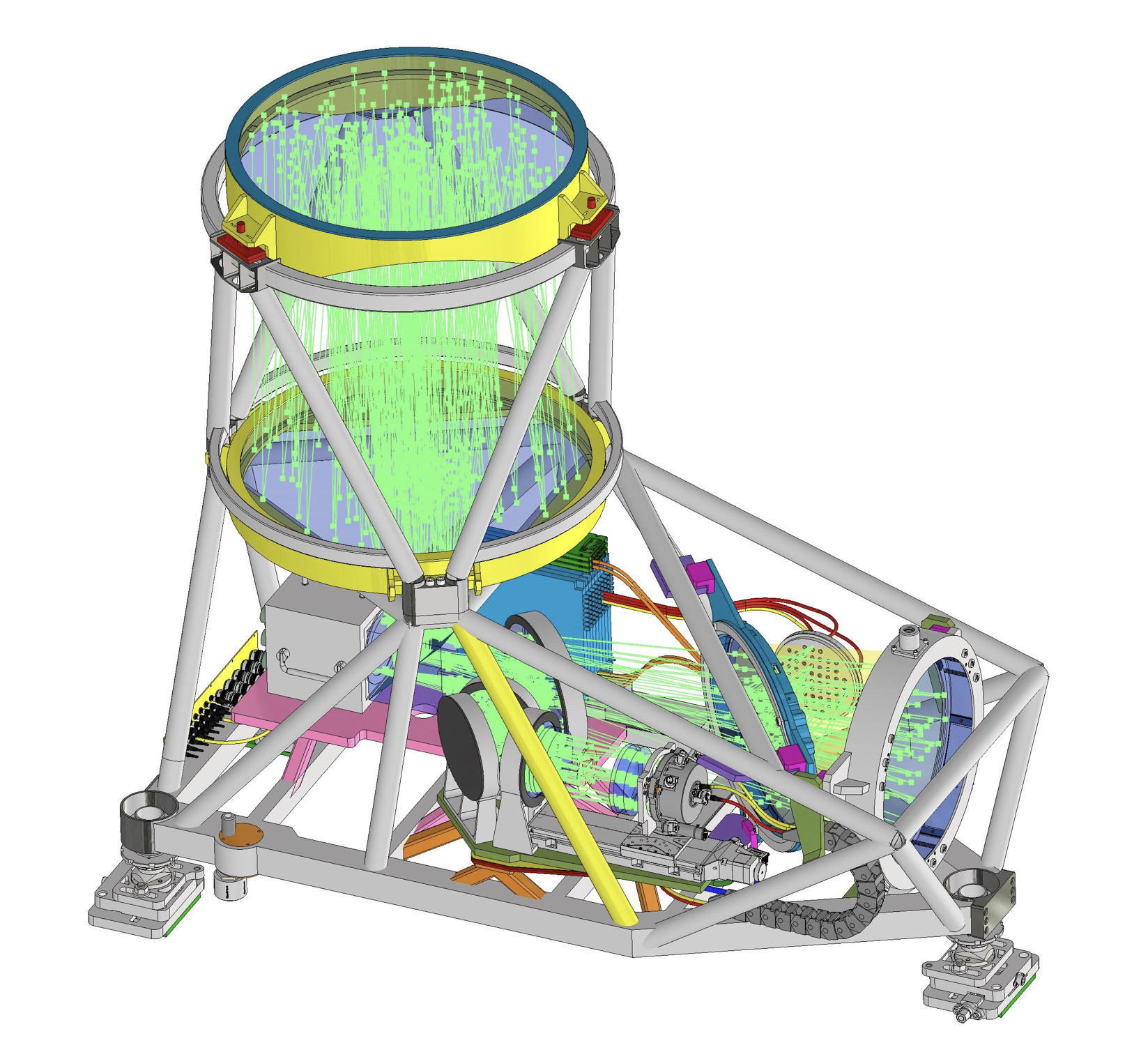-
Courses

Courses
Choosing a course is one of the most important decisions you'll ever make! View our courses and see what our students and lecturers have to say about the courses you are interested in at the links below.
-
University Life

University Life
Each year more than 4,000 choose University of Galway as their University of choice. Find out what life at University of Galway is all about here.
-
About University of Galway

About University of Galway
Since 1845, University of Galway has been sharing the highest quality teaching and research with Ireland and the world. Find out what makes our University so special – from our distinguished history to the latest news and campus developments.
-
Colleges & Schools

Colleges & Schools
University of Galway has earned international recognition as a research-led university with a commitment to top quality teaching across a range of key areas of expertise.
-
Research & Innovation

Research & Innovation
University of Galway’s vibrant research community take on some of the most pressing challenges of our times.
-
Business & Industry

Guiding Breakthrough Research at University of Galway
We explore and facilitate commercial opportunities for the research community at University of Galway, as well as facilitating industry partnership.
-
Alumni & Friends

Alumni & Friends
There are 128,000 University of Galway alumni worldwide. Stay connected to your alumni community! Join our social networks and update your details online.
-
Community Engagement

Community Engagement
At University of Galway, we believe that the best learning takes place when you apply what you learn in a real world context. That's why many of our courses include work placements or community projects.
Astronomical Instrumentation
The European Southern Observatory is building the world’s largest telescope, the ELT, in Chile. When complete in 2028 it will have a diameter of 39m – almost four times wider than the largest current telescopes and have approximately 16 times greater light collecting area. This will allow astronomers to probe deeper into the universe, and hence further back in time. The resolution of the telescope should also be four times better than the largest current telescopes. However, without the technology of adaptive optics, the detail that can be seen in images obtained with the ELT would not be any better than what can be seen in telescopes as small as 10cm. This is because it is observing through the Earth’s turbulent atmosphere, which leads to image blurring.
For this reason, one of the mirrors (M4) of the ELT will be deformable – this means that the shape of its surface can be changed at high speed to cancel aberrations introduced by the atmosphere. The telescope will also have six powerful lasers to generate ‘Laser Guide stars’ – these are artificial sources that can be used to measure the atmospheric aberrations at high speed.
The adaptive optics of the ELT will provide correction over a small field of view. In order to correct a larger field, it is necessary to have a more complex adaptive optics system employing more deformable mirrors. MORFEO is an adaptive optics system which will provide two extra deformable mirrors for the ELT. When installed at the ELT it will provide a corrected field of one arcminute. This will be used by other ELT instruments, including MICADO, to carry out astronomy with a resolution and sensitivity never seen before.
The University of Galway is one of three partners tasked with designing and building MORFEO. We are responsible for the design of a “Test Unit” – this system will simulate the ELT, including both laser and natural guide stars. It will include a deformable mirror, and this will be used to introduce aberrations which MORFEO will attempt to correct. The figure below shows a rendering of the Test Unit with the simulated Laser Guide Stars switched on.

In addition to the test unit we are designing a “Test and Alignment Camera”. This will have a suite of infrared cameras and wavefront sensors, and be placed at the exit of MORFEO. With the Test Unit at the entrance to MORFEO and the Test and Alignment Camera at the exit we will and be able to put MORFEO through its paces in Europe prior to shipping to Chile.

CAD model of the Test and Alignment Camera. The infrared cameras and wavefront sensors can be positioned anywhere in the MORFEO field and used to test the ability of MORFEO to correct for disturbances introduced by the Test Unit.
The next few years will see MORFEO coming together in labs across Europe, and the University of Galway team will be in the thick of this exciting project!















